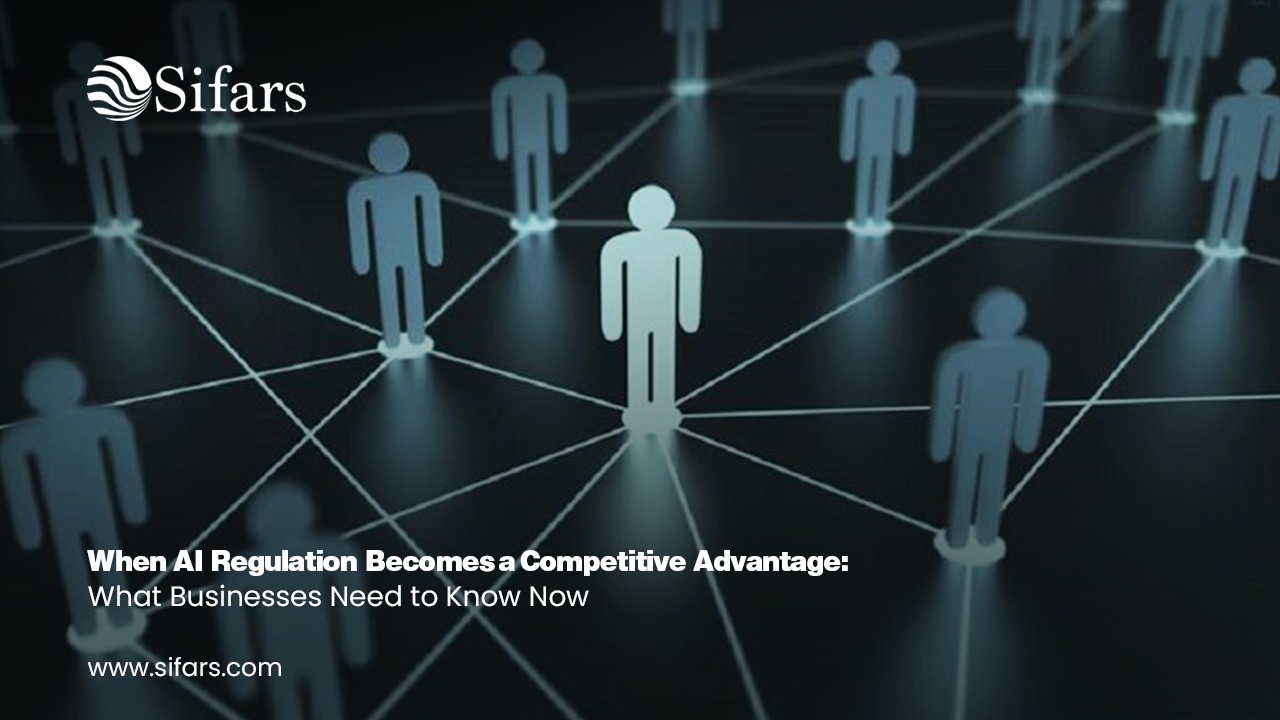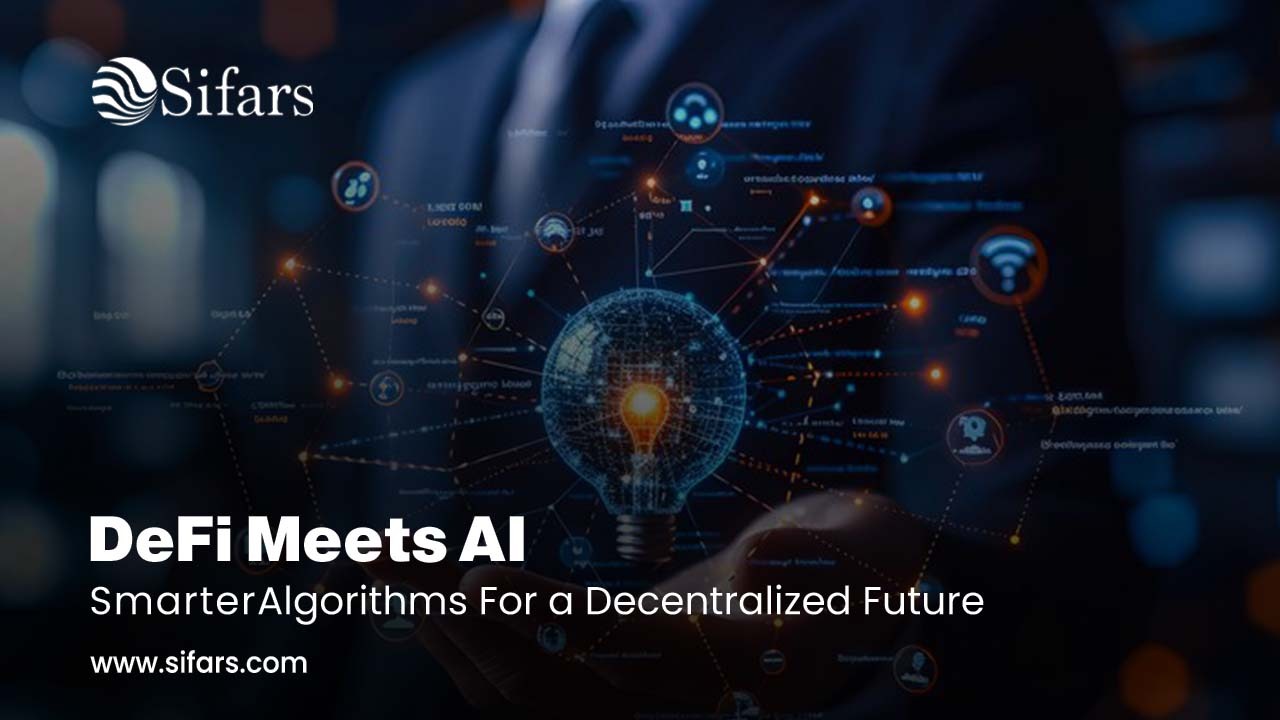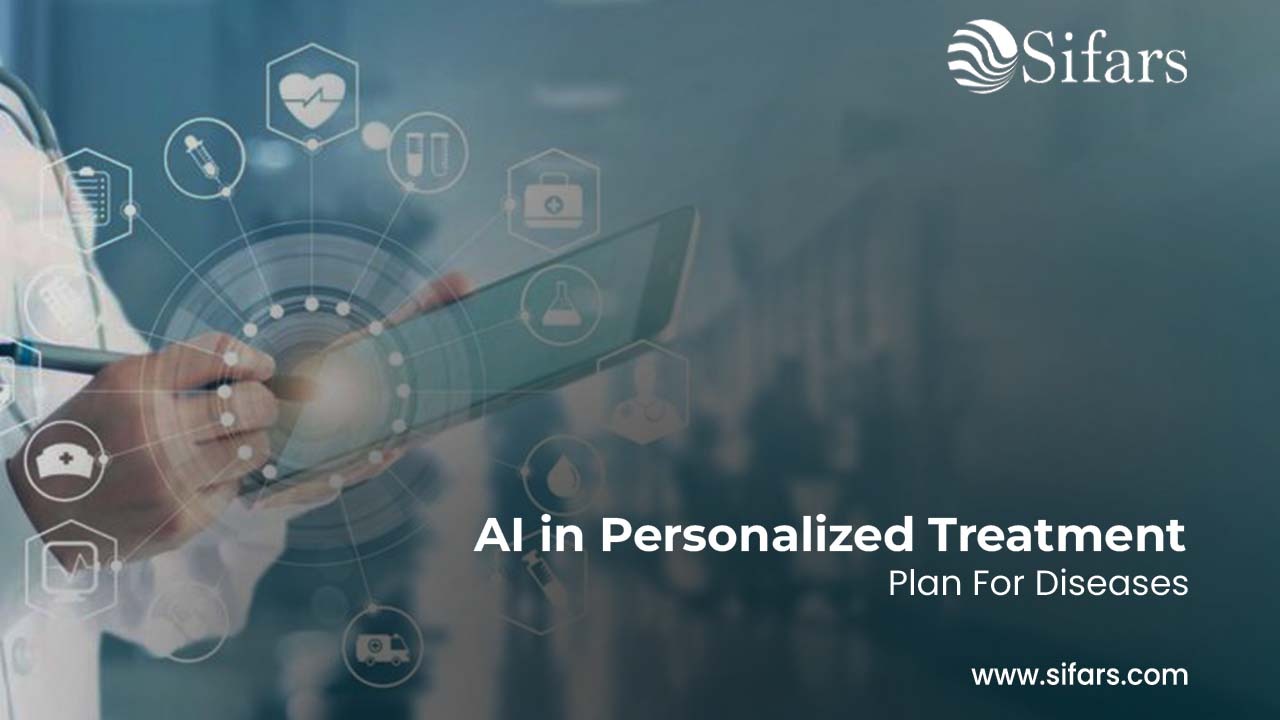The AI Advantage in FinTech Growth
The FinTech revolution has dramatically reshaped the financial landscape. Over the last decade, we’ve seen startups grow from niche disruptors to global players, challenging the dominance of traditional banks and financial institutions. The secret behind this rapid scaling isn’t just digital payments, app convenience, or regulatory innovation—it’s artificial intelligence (AI) at the very core.
From fraud detection to personalized customer experiences, AI is no longer a “nice-to-have” tool for FinTech—it’s the engine that fuels growth, drives efficiency, and helps startups outpace traditional financial organizations. Startups leveraging AI solutions are scaling at a pace unimaginable just a few years ago, not only reducing costs but also gaining an edge in customer acquisition and retention.
In this blog, we’ll decode why FinTech startups scale faster when AI is at the heart of their operations, examine real-world applications, explore challenges, and highlight how expert AI consulting from companies like Sifars can help organizations achieve exponential growth.
Why FinTech and AI Are a Natural Fit
1.1 The Data-Driven DNA of FinTech
FinTech startups thrive on data—transactions, user behavior, risk analysis, and compliance requirements. AI for businesses enables them to analyze this data at scale, offering insights that would take years for traditional systems to uncover.
- AI-driven personalization keeps customers engaged.
- Automated compliance reduces regulatory burdens.
- Fraud detection models protect both users and platforms.
1.2 Agility vs. Legacy Systems
Traditional financial institutions are weighed down by legacy infrastructure and rigid processes. Startups, on the other hand, can embed business automation with AI from the ground up—allowing them to innovate faster and deliver superior experiences.
1.3 Market Demands Driving AI Adoption
Customers now expect:
- Instant loan approvals
- Personalized financial recommendations
- Secure digital transactions
- 24/7 support through conversational AI
Startups that integrate artificial intelligence services meet these demands head-on, positioning themselves as market leaders.
Core Areas Where AI Accelerates FinTech Scaling
2.1 Customer Acquisition Through Personalization
AI analyzes user preferences and financial behavior to create hyper-personalized marketing campaigns. Instead of generic offers, customers receive tailored product suggestions that align with their goals.
- Impact: Increased conversion rates and reduced acquisition costs.
- Example: AI-driven FinTech apps recommend investment portfolios suited to users’ income and risk appetite.
2.2 Fraud Detection and Cybersecurity
The more a FinTech scales, the greater its exposure to cyber threats. AI-powered systems monitor transactions in real time to flag suspicious activity.
- Stat: Juniper Research predicts AI-driven fraud detection will save the banking industry $10 billion annually by 2027.
- Outcome: Startups gain customer trust faster, which fuels growth.
2.3 Automated Credit Scoring and Lending
Traditional lending models exclude millions due to outdated scoring systems. AI expands financial inclusion by analyzing alternative data sources like utility bills, e-commerce activity, and mobile usage.
- Business automation with AI allows instant credit decisions.
- Scaling benefit: Faster loan processing attracts more borrowers and lenders to platforms.
2.4 Conversational AI for Customer Support
Scaling startups can’t afford large customer service teams. AI chatbots and voice assistants handle thousands of queries instantly.
- Benefit: Reduced operational costs and 24/7 availability.
- Example: Conversational AI reduces response time from hours to seconds.
2.5 Regulatory Technology (RegTech)
Compliance is one of the biggest hurdles in scaling finance. AI-powered RegTech solutions monitor regulatory changes across jurisdictions, automate reporting, and flag potential risks.
- Outcome: Startups expand into new regions without facing crippling compliance costs.
Case Studies of FinTech Scaling with AI
3.1 Revolut
Revolut scaled into one of the world’s fastest-growing FinTechs by leveraging AI for fraud detection, personalized services, and customer support automation.
3.2 Upstart
A lending startup that uses AI-powered credit scoring. By analyzing thousands of data points, it expanded credit access while maintaining low default rates, enabling rapid scaling.
3.3 Chime
By embedding AI in customer engagement and transaction monitoring, Chime scaled to millions of customers while maintaining high trust levels.
Benefits of Embedding AI at the Core
- Scalability – AI automates processes, allowing growth without proportional increases in staff.
- Cost Efficiency – Reduced manual intervention lowers operational costs.
- Customer Retention – Hyper-personalized experiences improve loyalty.
- Speed to Market – AI accelerates product launches and innovations.
- Risk Mitigation – Real-time fraud detection and compliance automation reduce risks.
Challenges in Scaling with AI
While AI drives rapid scaling, challenges remain:
- Data Privacy Concerns – Managing sensitive financial data requires robust safeguards.
- Bias in AI Models – Poorly trained models risk discriminatory outcomes.
- Implementation Costs – Initial AI integration may be high without expert guidance.
- Regulatory Uncertainty – Global AI regulations are still evolving.
This is where AI consulting from experts like Sifars becomes invaluable—helping startups navigate risks while maximizing opportunities.
Actionable Strategies for FinTech Startups
6.1 Build AI-First, Not AI-Later
Embedding artificial intelligence services from day one is more effective than retrofitting AI into existing systems.
6.2 Invest in Explainable AI (XAI)
Transparency builds trust. Customers and regulators want to understand how decisions are made.
6.3 Prioritize Data Governance
Startups should create strong data governance policies to ensure compliance and protect customer trust.
6.4 Partner with Experienced AI Consultants
Instead of reinventing the wheel, partner with firms like Sifars for tailored AI solutions and strategic guidance.
The Future of AI-Powered FinTech Scaling
Over the next decade, we’ll see:
- Autonomous Finance: AI systems making financial decisions independently.
- Quantum AI in Finance: Quantum computing accelerating fraud detection and risk analysis.
- Inclusive Banking: AI solutions bringing financial services to billions of unbanked individuals.
- Embedded Finance Everywhere: AI integrating finance into e-commerce, social media, and even healthcare apps.
Startups that adopt these technologies now will be tomorrow’s unicorns.
How Sifars Helps FinTech Startups Scale
At Sifars, we empower FinTech startups to embed AI at the heart of their business models. Our services include:
- AI Consulting: Helping identify and prioritize areas where AI creates maximum value.
- Artificial Intelligence Services: Developing custom fraud detection, RegTech, credit scoring, and customer personalization solutions.
- Business Automation with AI: Streamlining operations for scalability.
- End-to-End Implementation: From prototype to production, ensuring seamless AI integration.
By partnering with Sifars, startups don’t just scale—they thrive in highly competitive markets.
Scaling Smarter, Faster, Stronger with AI
In the FinTech space, speed defines success. Startups that embed AI solutions at their core achieve exponential growth, customer trust, and competitive differentiation. AI doesn’t just help them scale faster—it helps them scale smarter.
Sifars stands ready to be your AI partner—guiding you from ideation to execution with intelligent solutions that unlock the full potential of your FinTech business.
If you’re ready to accelerate growth with AI, connect with Sifars today and future-proof your business.
FAQs
Q1: Why do FinTech startups scale faster with AI?
AI enables automation, fraud detection, personalization, and compliance—helping startups grow rapidly while cutting costs and improving efficiency.
Q2: How does AI improve customer acquisition in FinTech?
By analyzing user behavior, AI delivers hyper-personalized marketing, increasing conversions and reducing acquisition costs.
Q3: What are the biggest AI use cases in FinTech?
Fraud detection, credit scoring, personalized wealth management, conversational AI, and RegTech are among the top AI use cases.
Q4: What challenges do FinTech startups face when adopting AI?
Data privacy, bias in algorithms, regulatory uncertainty, and high upfront costs are common challenges.
Q5: How can Sifars support FinTech startups in scaling with AI?
Sifars provides AI consulting, business automation with AI, and tailored artificial intelligence services to help startups scale faster, smarter, and securely.









